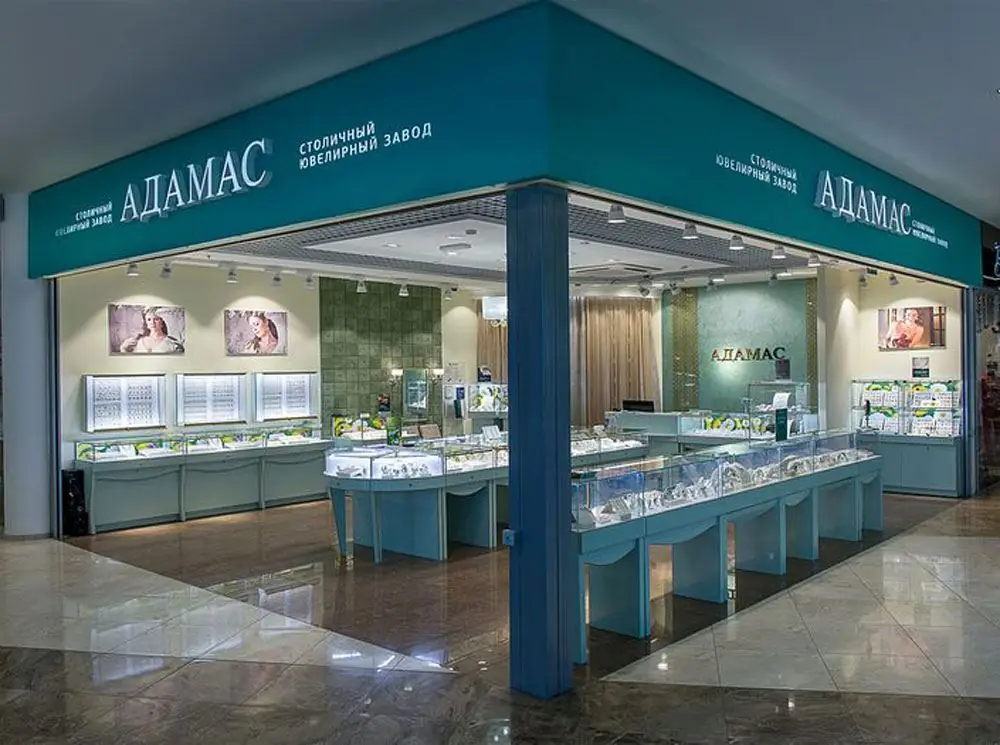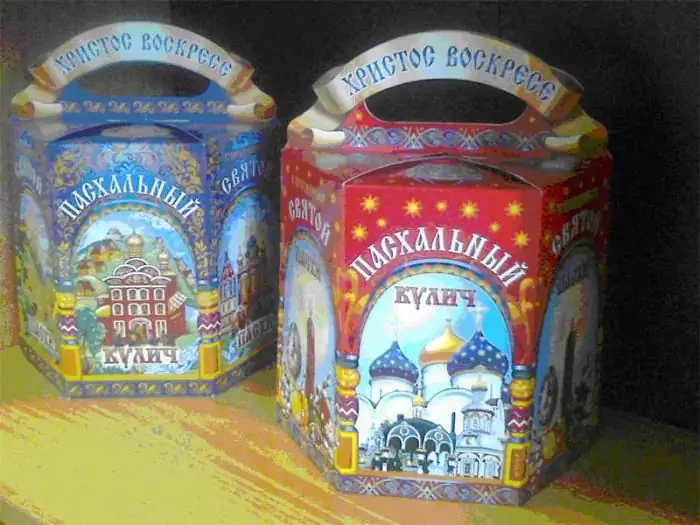2025 Author: Howard Calhoun | [email protected]. Last modified: 2025-01-24 13:10:35
The Khrunichev Plant is a leading aerospace enterprise with a century-long history. It produced the first domestic passenger cars "Russo-B alt", armored vehicles, civil and military aircraft. Since the 60s, the company has been developing rocket and space technology.

Second car
The beginning of the 20th century was marked by the rapid development of self-propelled vehicles. At first, cars were imported to the Russian Empire from Germany and France. Later, the first plant for the production of cars with internal combustion engines under the Russo-B alt brand was opened in Riga. Moscow became the next domestic automobile center. The Khrunichev plant traces its history back to 1916, when the construction of the Second Russo-B alt Automobile Plant began in Fili.
However, the revolution disrupted the plans of the shareholders. The enterprise was nationalized and completed by the new government. In 1921, the plant was renamed the 1st Armored Plant and was placed under the control of the Armored Directorate of the Red Army. A year later, the first 5 cars drove at the parade in front of the Kremlinguidance.
Airplanes first
Oddly enough, the successful start of the enterprise was the reason for its re-profiling. It was decided to produce more technological products on the basis of its capacities - all-metal aircraft. Since there was no domestic design school in this direction, the Khrunichev plant in 1923 was transferred to the concession of the German company Junkers. The main model range was Yu-20 light aircraft in transport and reconnaissance versions.
In 1925, the economy, recovering from the civil war, already made it possible to produce aircraft on its own. The contract with Junkers was canceled, and in 1927 the enterprise was reorganized into plant No. 7 (a little later - in No. 22 named after the 10th anniversary of October). From that moment on, the Khrunichev plant in Moscow became the most advanced aircraft manufacturer in the country. In a short time, new workshops were built, highly qualified personnel were trained.

Lineup
Before the Second World War, the company produced a wide range of aircraft equipment. The first-born was an all-metal reconnaissance aircraft designed by Tupolev R-3 (ANT-3). By the spring of 1929, the plant had produced 79 vehicles. Since 1928, the I-4 (ANT-5) one-and-a-half wing fighters and the TB-1 (ANT-4) heavy class bombers, unique for that period, were assembled in parallel. In February 1932, a heavy bomber TB-3 (ANT-6) took to the skies.
The North Pole was surveyed for the first time on the R-6 plane (a reduced version of TB-1) before the landing of Papanin's expedition. In the endIn the 1930s, the front-line high-speed bomber SB (ANT-40) became the most massive, 5695 units were produced. Before the war, a successful model of the Pe-2 dive bomber was developed.
With the beginning of the Great Patriotic War, the Khrunichev plant switched to repairing damaged aircraft. At the same time, the outstanding designer Ilyushin designed the Il-4 (DB-3F), which became the main bomber and torpedo bomber. In 1942, Tupolev developed the Tu-2, which became the main model of the enterprise. By the end of the Second World War, 1700 cars were produced.
In 1946, the plant was instructed to master the production of Tupolev Tu-12 and Tu-14 jet bombers. Since 1949, strategic aircraft have become the main products. Among them:
- Flying Fortress Tu-4 (1950);
- M-4 nuclear bomber (1953);
- 3M (modification of M-4 with improved motors) (1956);
- four-engine jet bomber M-50A (1959).

Rocket science
The deployment by the United States in the 60s of intercontinental ballistic missiles (more than 900 launchers) of the Titan-1, Titan-2 and Minuteman-1 types, capable of delivering nuclear charges to the territory of the USSR, required taking countermeasures. On March 30, 1963, a decree was issued on the construction of domestic ICBMs UR-100 developed by Chelomey V. N. at the factory. M. V. Khrunichev in Fili.
The UR-100 missile system embodies a number of new scientific, technical and designdecisions and in 1967 was adopted. In some years, the total number of UR-100 ICBMs and its modifications in the Strategic Missile Forces grouping reached 1000 units.
Rokot
By the beginning of the 90s, there was a need to design an economical light-class rocket. The Khrunichev plant was entrusted with the manufacture of carriers for launching commercial spacecraft using the retired RS-18 strategic ballistic missiles, which were mass-produced by the plant.
The launch complex for the new launch vehicle, called "Rokot", was proposed to be created at the Plesetsk cosmodrome. The existing infrastructure made it possible to use the main facilities and technological systems of the launch complex with minimal modifications.

Today
The Khrunichev plant is the main site of the Federal State Unitary Enterprise GKNPTs im. Khrunichev, which includes a number of design bureaus and space industry enterprises. Launch vehicles of the Proton class have become the hallmark of the plant. Several promising projects are also being developed here, the main of which is the Angara family of heavy-class missiles. The plant also assembles various spacecraft (SC), participates in international projects. Among them:
- Monitor-E remote sensing satellite;
- small communication spacecraft "Kazsat";
- unified space platform Yacht;
- KA "Express";
- Nimik telecommunications spacecraft;
- Iridium communication system;
- upper stage for Indianpartners 12KRB;
- part of the KSLV-1 missile system for South Korea.
Among the revolutionary projects is the development of an environmentally friendly Baiterek rocket and space complex. The Khrunichev plant has the following address: Moscow, 121087, Novozavodskaya street, 18.
Recommended:
Plant "Adamas": address, history of foundation, manufactured products, photo

Brief information, address of the enterprise. Acquaintance with "Adamas" - distinctive characteristics, statistics, participation in social life, use of technology and traditions. History of the plant: launch, overcoming default, opening of new branches. Company awards, catalog sections. What is "Adamas" today?
Chelyabinsk Metallurgical Plant: history, address, products, management

Chelyabinsk Metallurgical Plant is one of the largest enterprises in the industry, since 2001 it has been part of Mechel OJSC. The laying of the enterprise took place in the 30s, the construction was completed during the Great Patriotic War
Metal structures plant, Chelyabinsk: history of creation, address, working conditions and manufactured products

The Chelyabinsk steel structure plant is one of the industry leaders in the production of structures for industrial and civil construction, as well as bridges. The range and quality of products made the company in demand in Russia and abroad
Votkinsk Engineering Plant: history, products, address

GPO Votkinsk Machine-Building Plant is a unique diversified enterprise producing a wide range of products. VZ is the largest manufacturer of Topol-M, Bulava, Yars missiles, which form the basis of the nuclear shield of the Russian Federation. In addition, machine tools, metal products, oil and gas equipment, various types of weapons and much more are manufactured here
Factory of bakery products "Dedovskiy Khleb": history, products, address

Dedovskiy Khleb bakery is known in the metropolitan area as a manufacturer of high quality bakery products. Loaves, "bricks", fragrant buns, Easter cakes, cakes, waffles are in constant demand among consumers. The key to success lies in the strict observance of GOSTs and technological standards laid down back in the 80s of the last century. Products are baked on modern equipment

